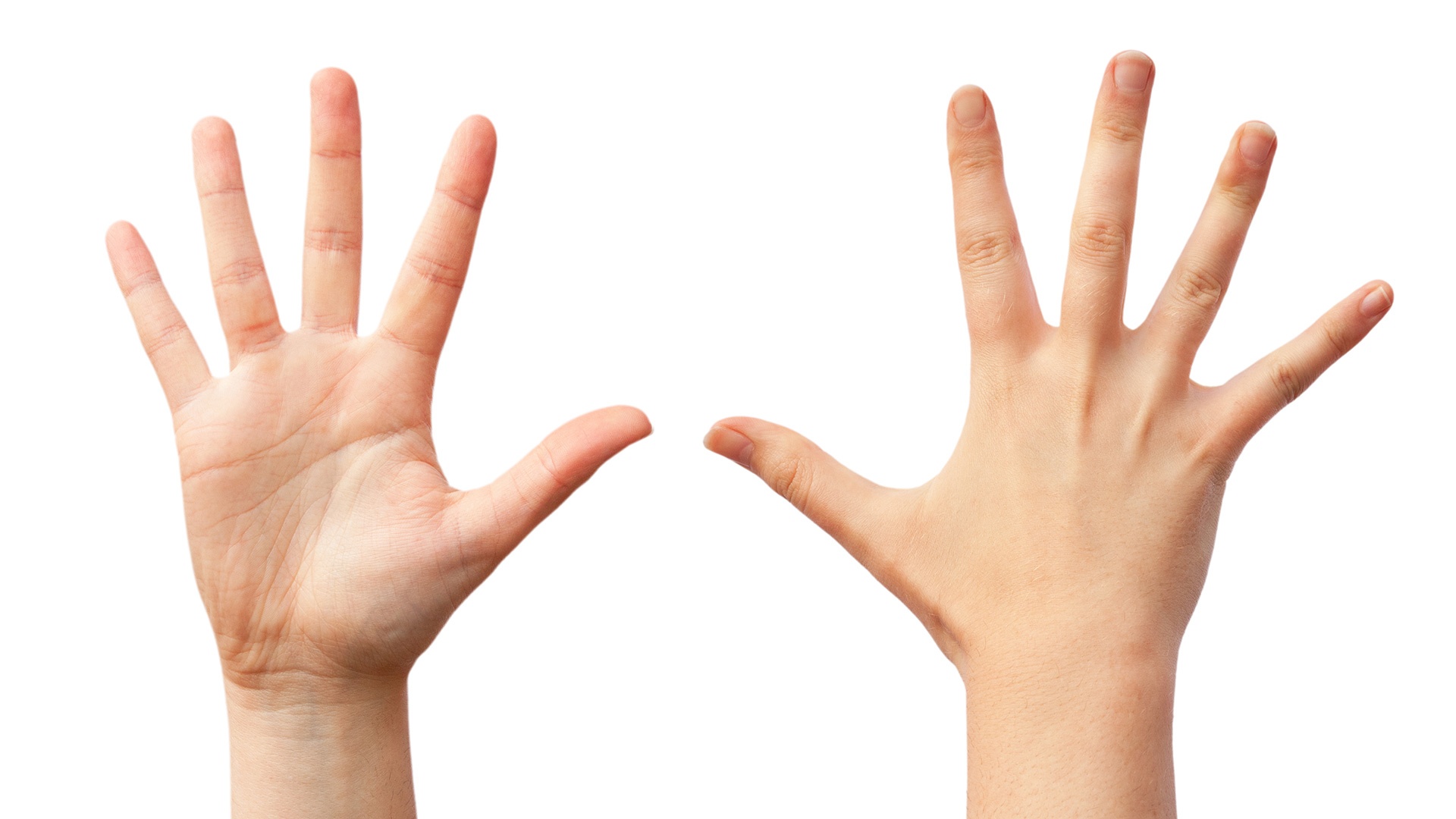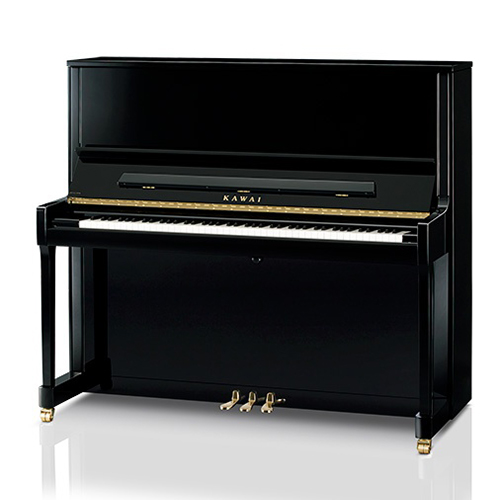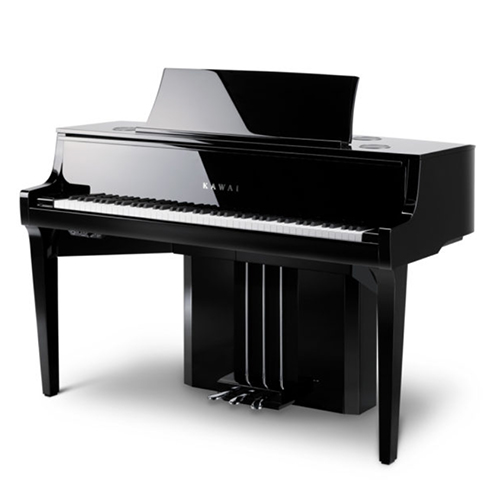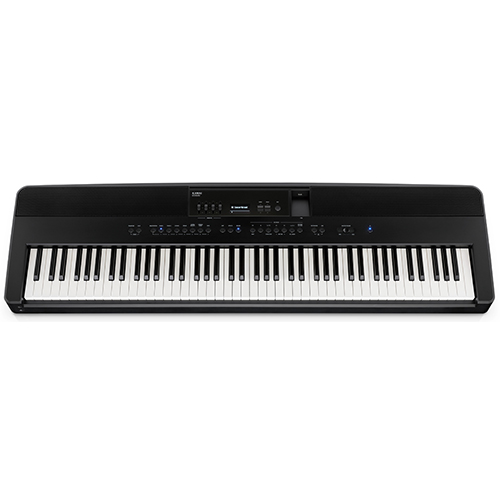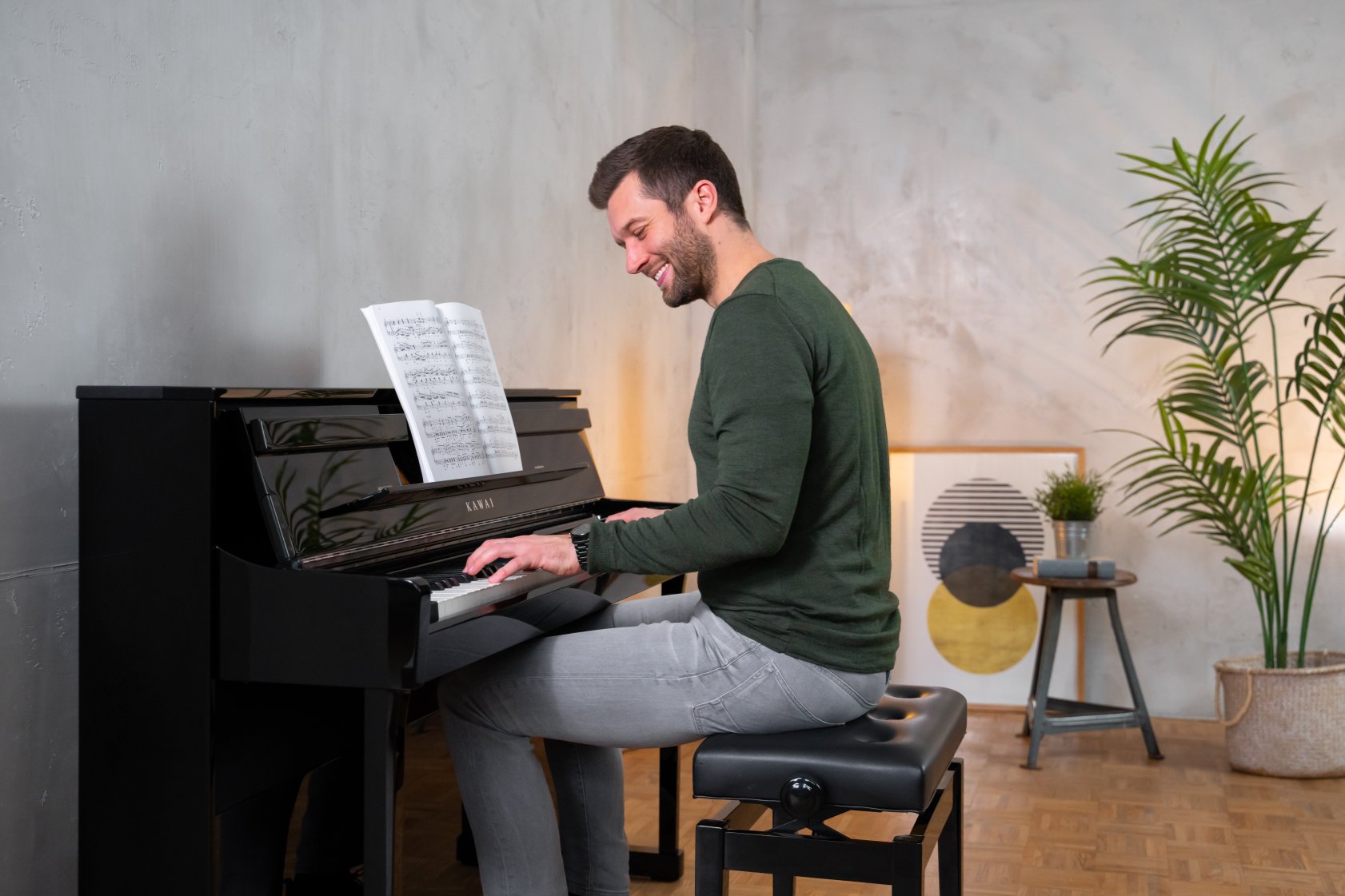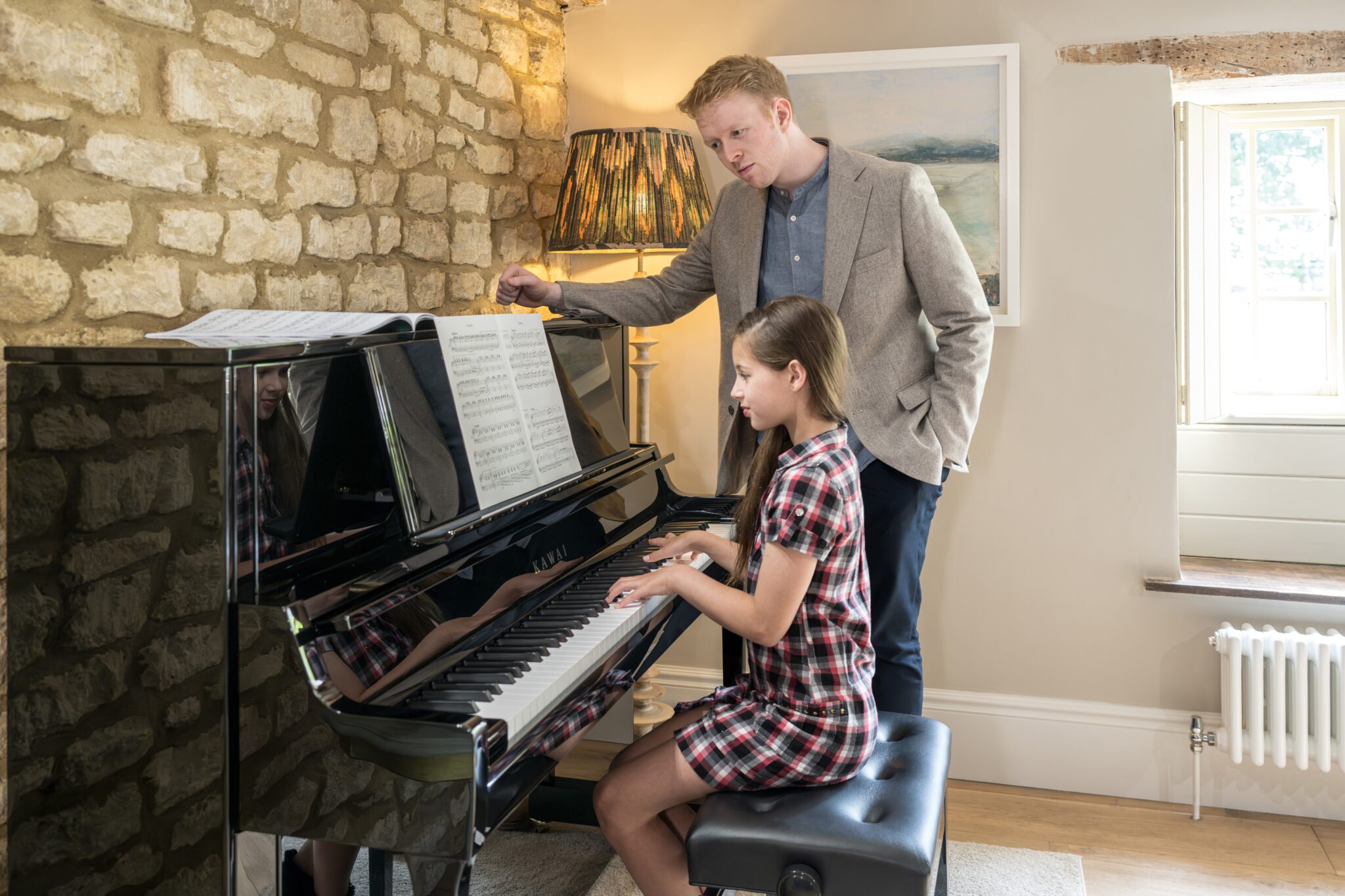Learning a new piece was always an exciting time during my piano lessons. Placing the music up on the music rest of the piano, gazing through what lay ahead in the coming weeks, with my piano teacher promising “this one will be fun, let’s start with the left hand”. Urgh – I always have to start with the left hand! Looking back, I can of course see why it was so important to begin learning a new piece with the left hand first, ensuring that solid foundation was built to support the right-hand melody. Yet, learning the left hand always felt to me like a challenge that I first had to overcome before I could get to the fun part.
This is a very common approach that piano teachers use when teaching students a new piece. The left-hand part is learnt slowly at first, while gradually increasing the tempo until it becomes comfortable and the part can be played almost like the left hand is on autopilot. Then the right hand is introduced in the same fashion – slowly at first, gradually increasing the tempo, until finally it is time to put the two hands together.
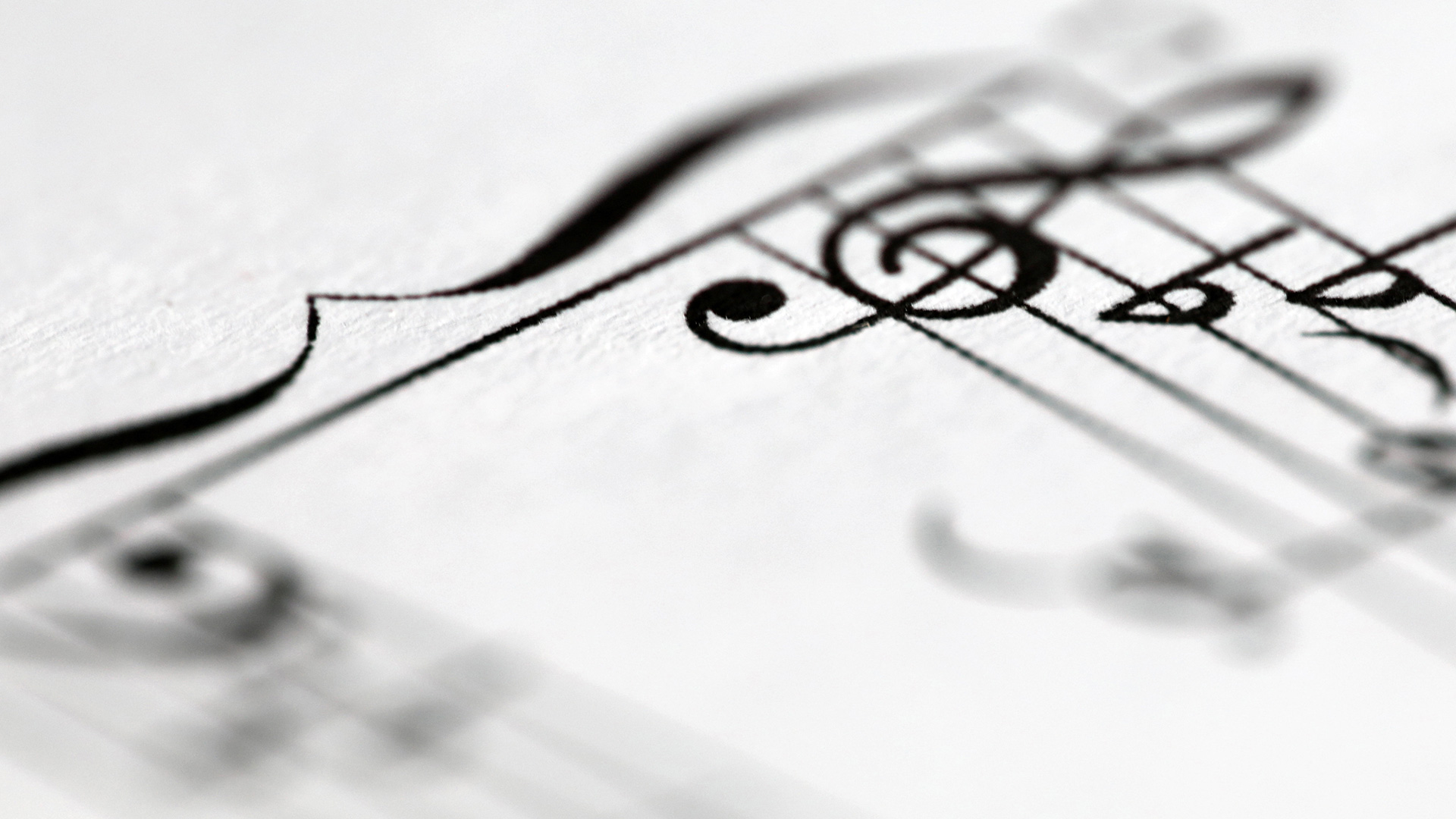
So why does learning the left hand always seem to be more of a challenge? For me, I just couldn’t wait to get started on the melody. It wasn’t even really about playing the melody, I just wanted to hear the piece of music come together. In my mind, hearing only the left hand felt like an unresolved chord that could only be resolved by hearing the right-hand part at the same time. This is where Kawai have come up with a great solution – the in-built lesson function.
Featured across Kawai’s range of digital and hybrid pianos, the lesson function is by no means designed to replace a good piano teacher, but is a great aid to practising students. It gives the ability not only to hear the piece in its entirety, even while separating the left and right hand parts: while learning and practising the left hand, the piano can be set to play the right hand alongside you, automatically. The tempo can also be adjusted, adhering to the learning approach set out by the piano teacher of starting slowly and gradually increasing the tempo, with or without a metronome ticking time. Then, when it’s time to switch hands, the piano can play back the left while learning the right.
The lesson function in Kawai’s digital and hybrid pianos includes a vast library of hundreds of pieces in a range of different genres, ranging from the Alfred’s Basic Piano Library through to pieces from composers such as Mozart, Beethoven and Haydn. It’s never going to replace a real teacher sitting with you, but for all those times when you’re practising alone, it’s a really helpful tool and a great addition to an already fantastic range of instruments.
